In the ever-evolving world of fitness equipment, it's rare to find a machine that merges effective strength training with joint-friendly mechanics. Enter the squat bike—a rising star in home and commercial gyms alike. This hybrid machine combines the movement patterns of a squat with the ergonomics of a recumbent bike, creating a low-impact powerhouse for glute, quad, and hamstring development.
What Is a Squat Bike?
A squat bike typically features a reclining seat, adjustable foot platforms, and a resistance system that mimics the natural squat motion while keeping the knees and lower back supported. Unlike traditional squats or leg presses, squat bikes guide your body through a controlled range of motion, targeting the same muscle groups with less strain on the joints.
This makes them especially appealing for:
-
Older adults
-
People recovering from knee or hip injuries
-
Beginners needing form support
-
Athletes looking for volume training without excessive joint stress
Benefits of Using a Squat Bike
1. Joint-Friendly Squatting
One of the biggest advantages is how much easier the movement feels on your knees and spine. Because the seat supports your back and the trajectory is guided, you avoid the shearing forces often associated with barbell squats or hack squats.
2. Consistent Muscle Engagement
The squat bike keeps constant tension on the quads, glutes, and hamstrings—especially if you're using a machine with adjustable resistance levels. You can fine-tune your reps to focus on endurance or hypertrophy without needing to stack plates or balance a barbell.
3. Low-Impact Cardio
Some squat bikes also incorporate pedaling mechanics, allowing you to add cardiovascular conditioning without switching equipment. This dual function is great for circuit-style workouts or active recovery days.
4. Compact and Efficient
Unlike power racks or leg presses, squat bikes are often more compact and easier to move. That makes them ideal for home gyms with limited space.
Personal Experience: Finding Power Without Pain
I first came across a squat bike after a minor knee injury kept me from doing traditional squats for several months. At first, I was skeptical—it looked like something between a rehab tool and a novelty bike. But after my first few sessions, I was hooked. I could load my legs without feeling that sharp ache under the kneecap, and I actually enjoyed working on my squat form again.
Over time, I started integrating squat bike sessions twice a week, especially on deload weeks or after heavy deadlift days. The result? Stronger legs, more glute activation, and most importantly—no recurring knee issues.
Who Should Use a Squat Bike?
Whether you're a fitness beginner, a seasoned lifter seeking joint relief, or someone rebuilding strength after injury, the squat bike has a place in your training. It's also a great option for those who:
-
Sit for long hours and need posterior chain work
-
Struggle with barbell squat depth due to mobility limitations
-
Want a safer, more controlled way to build leg strength
Final Thoughts
The squat bike isn’t just another fitness gimmick—it’s a thoughtful, biomechanically sound piece of equipment that bridges the gap between safety and intensity. If you're looking to strengthen your lower body without putting your joints at risk, this machine is well worth your attention. Just a few sessions a week can make a noticeable difference in strength, posture, and confidence in your movement.


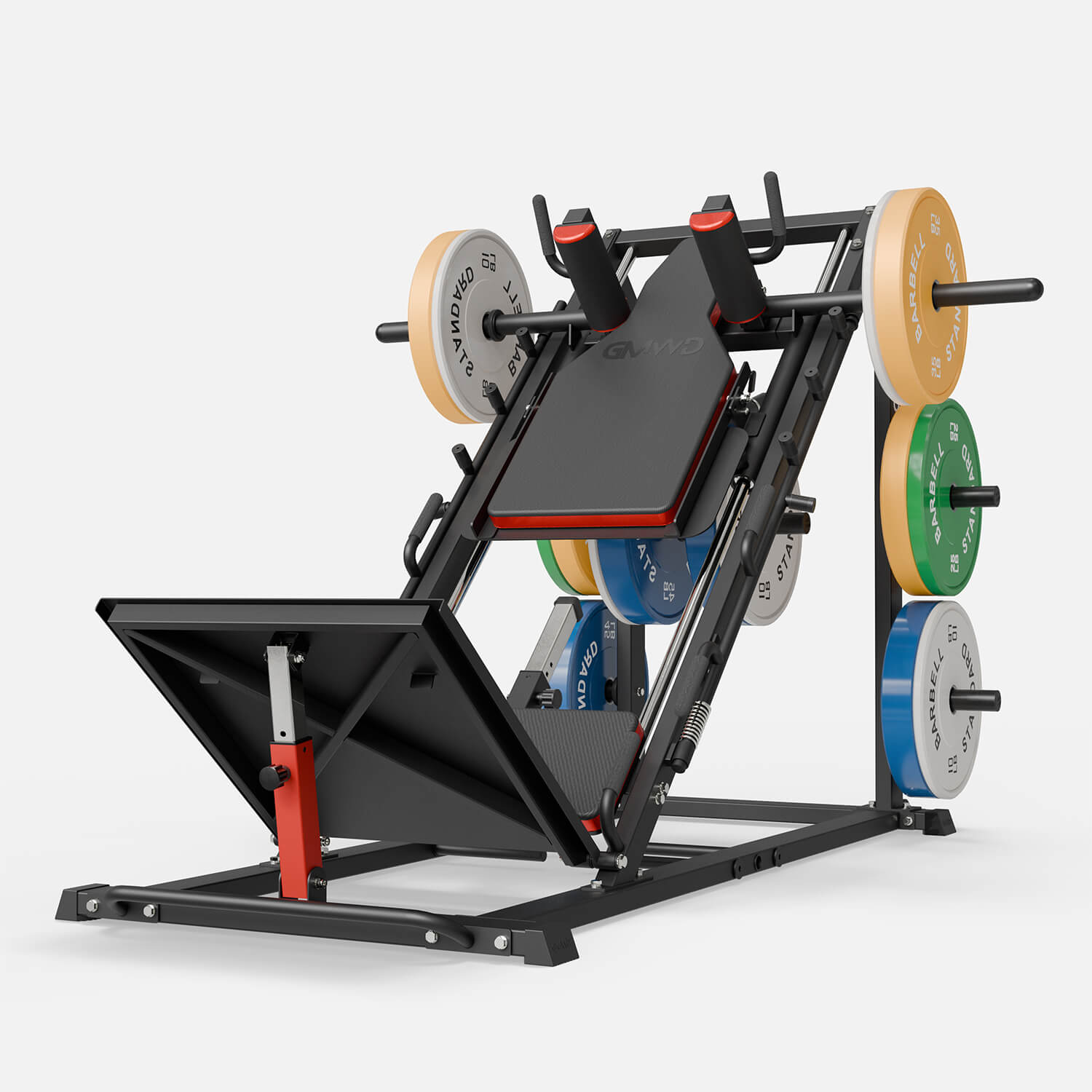

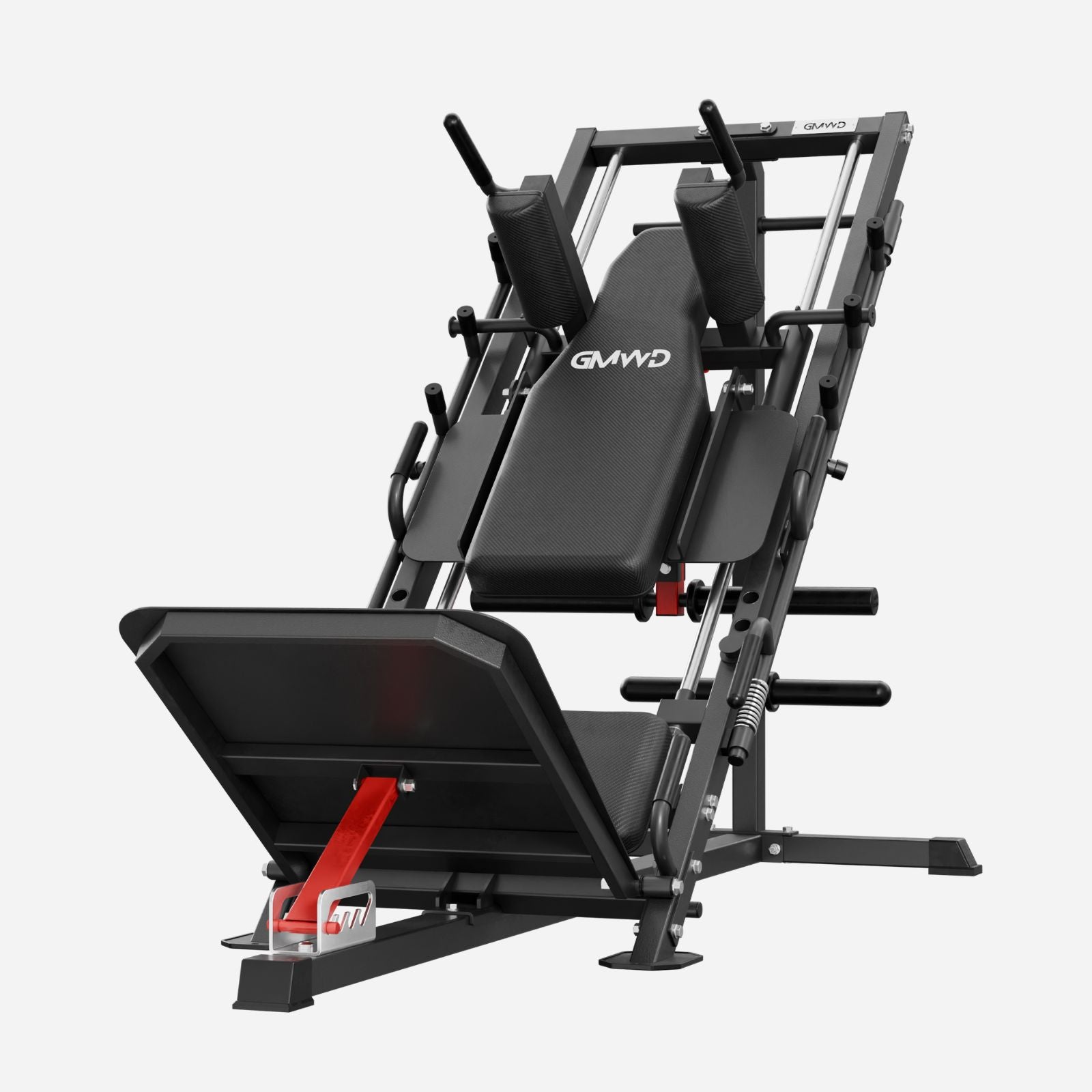
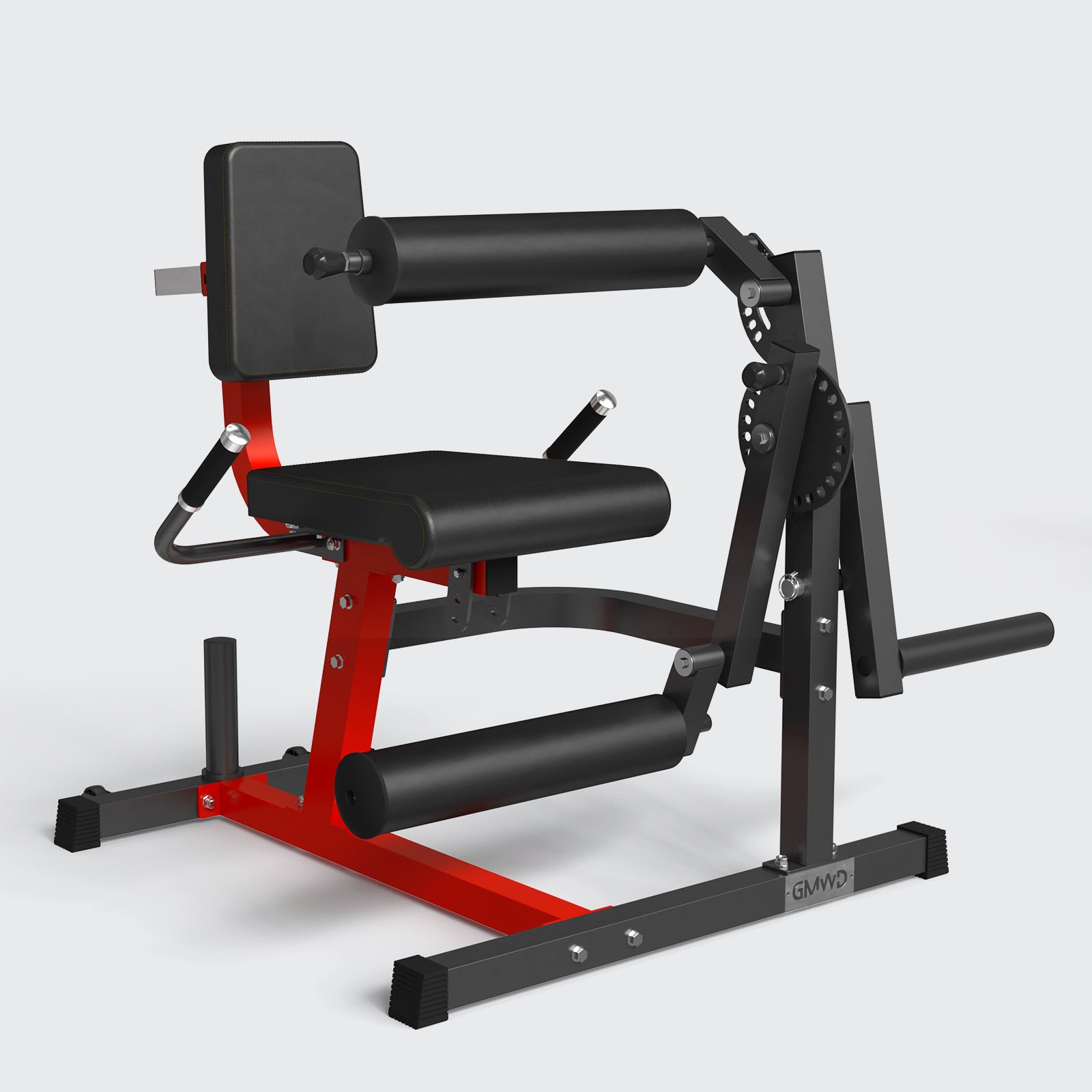
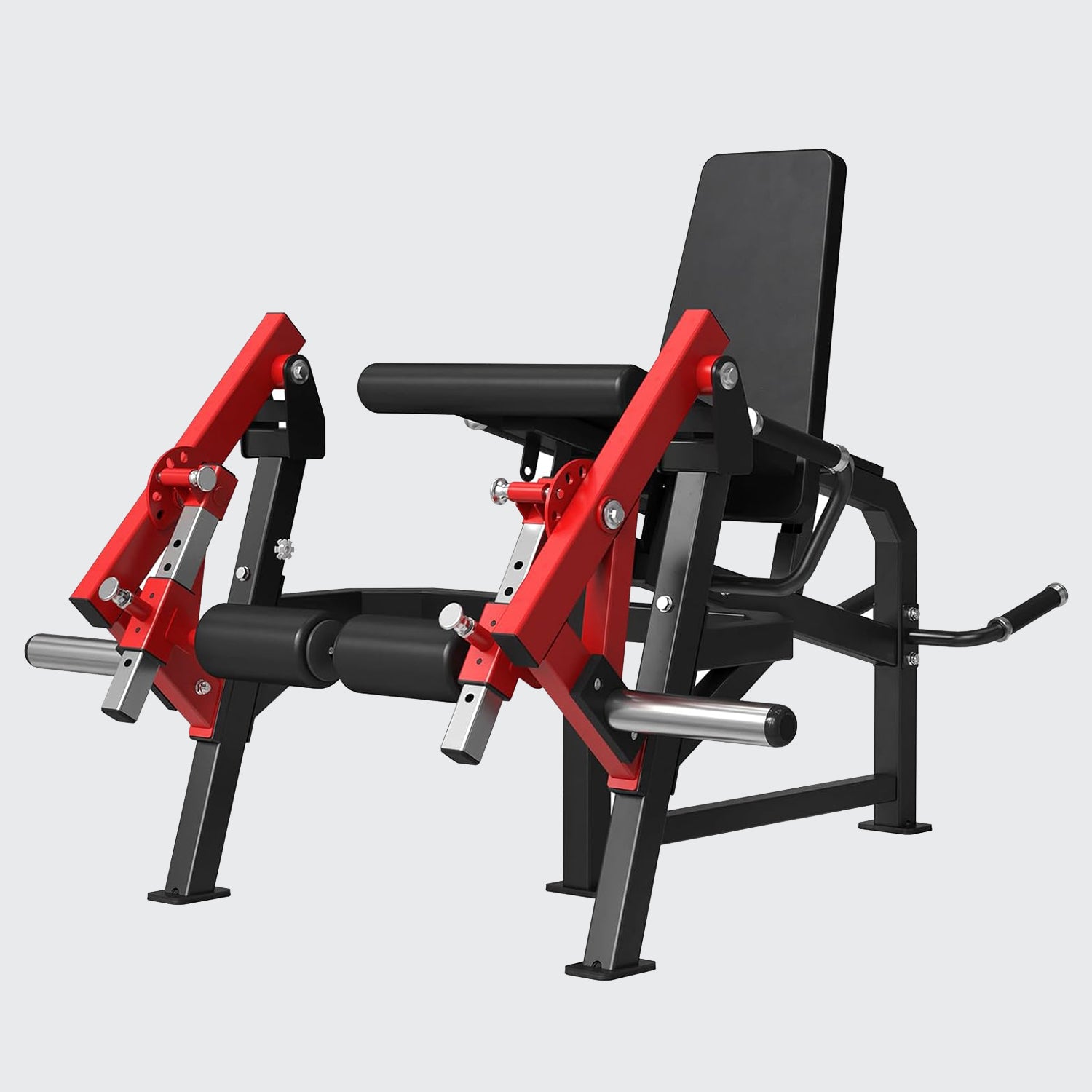
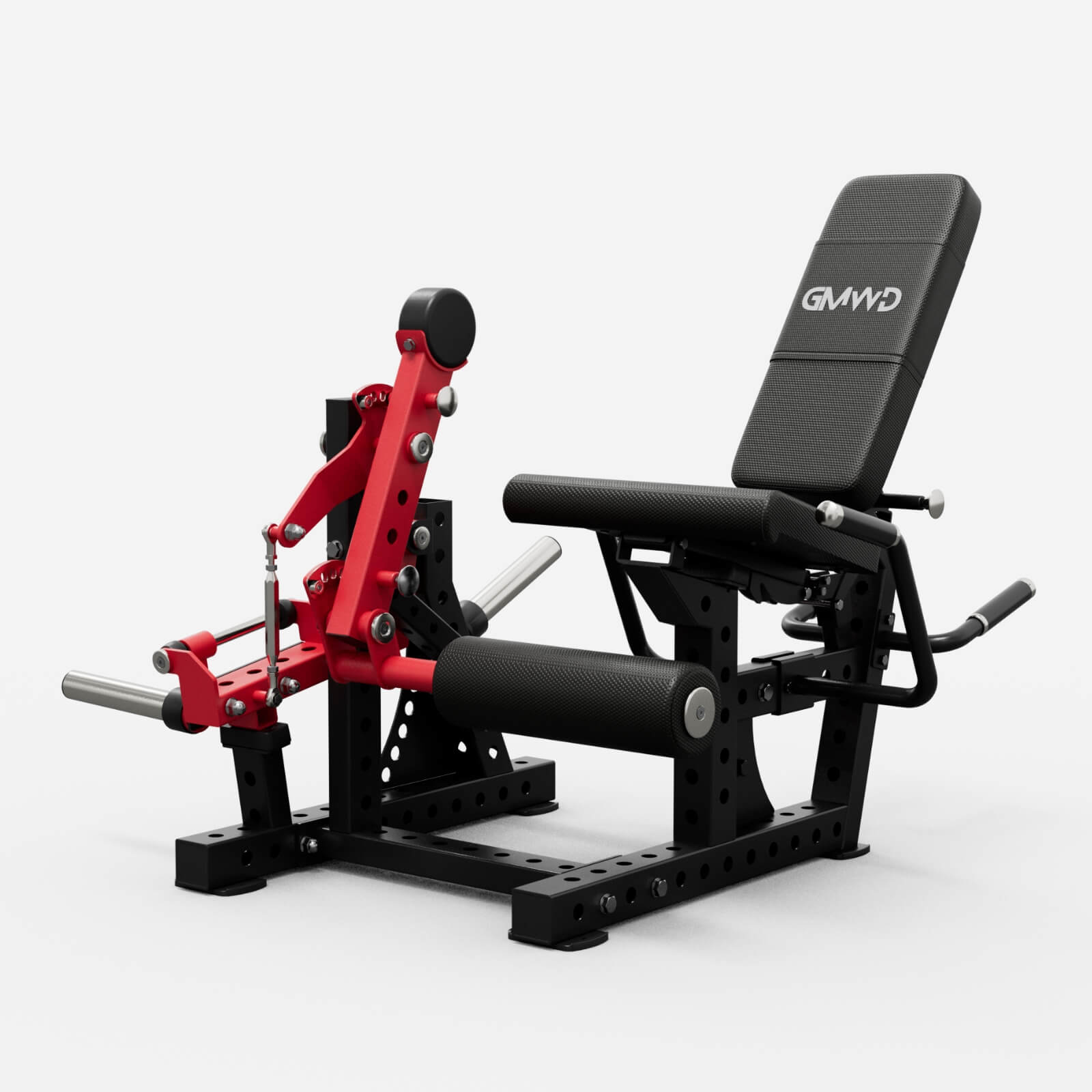
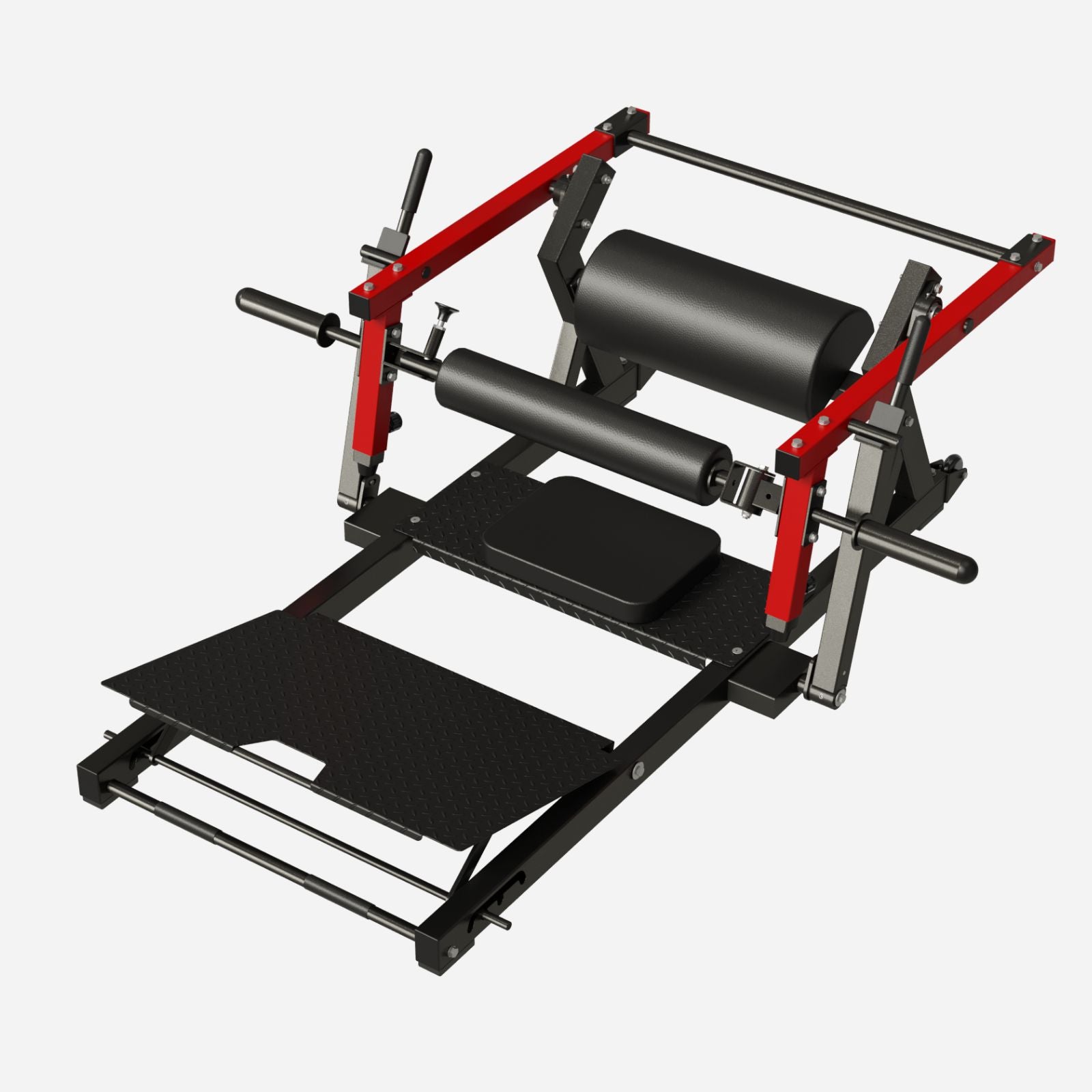
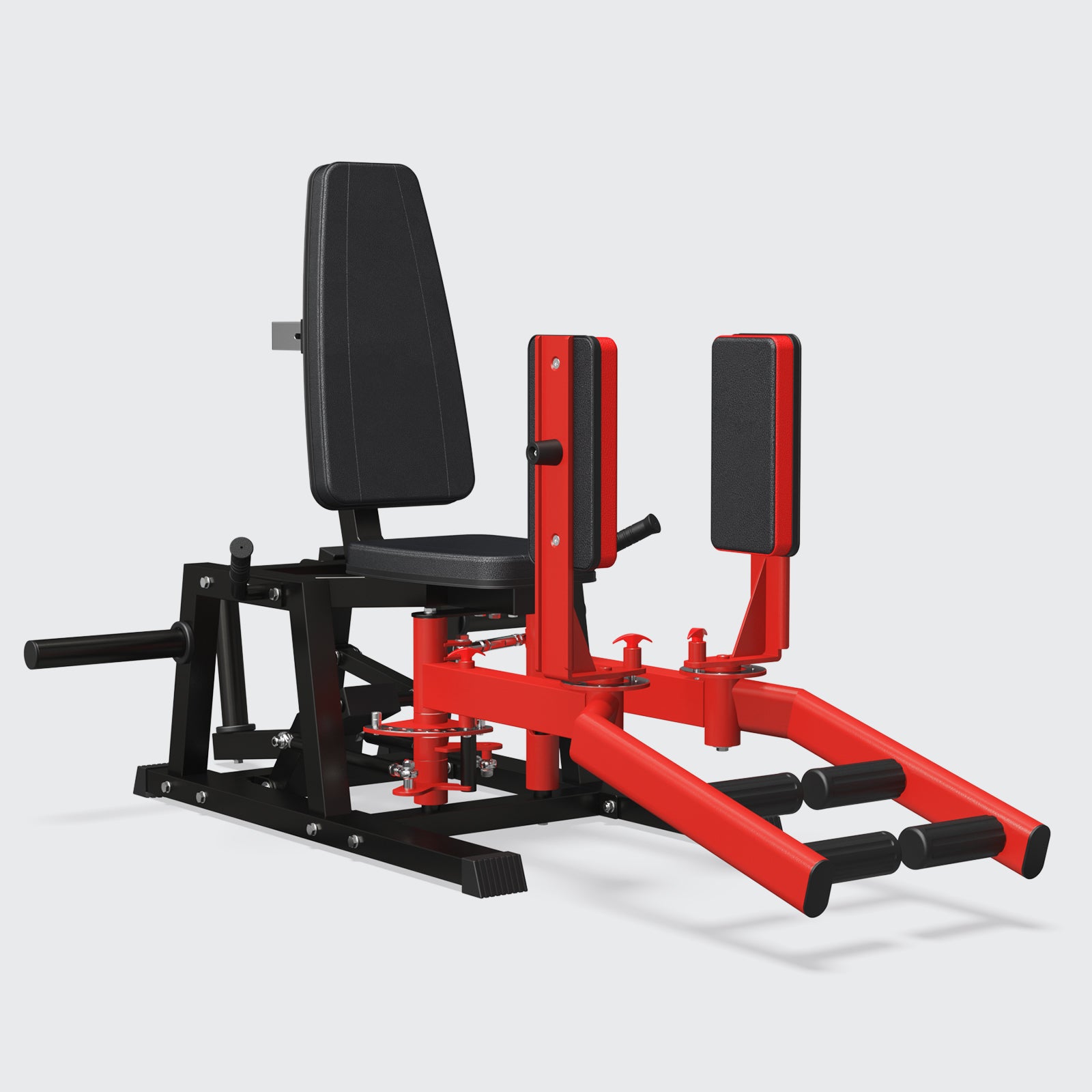
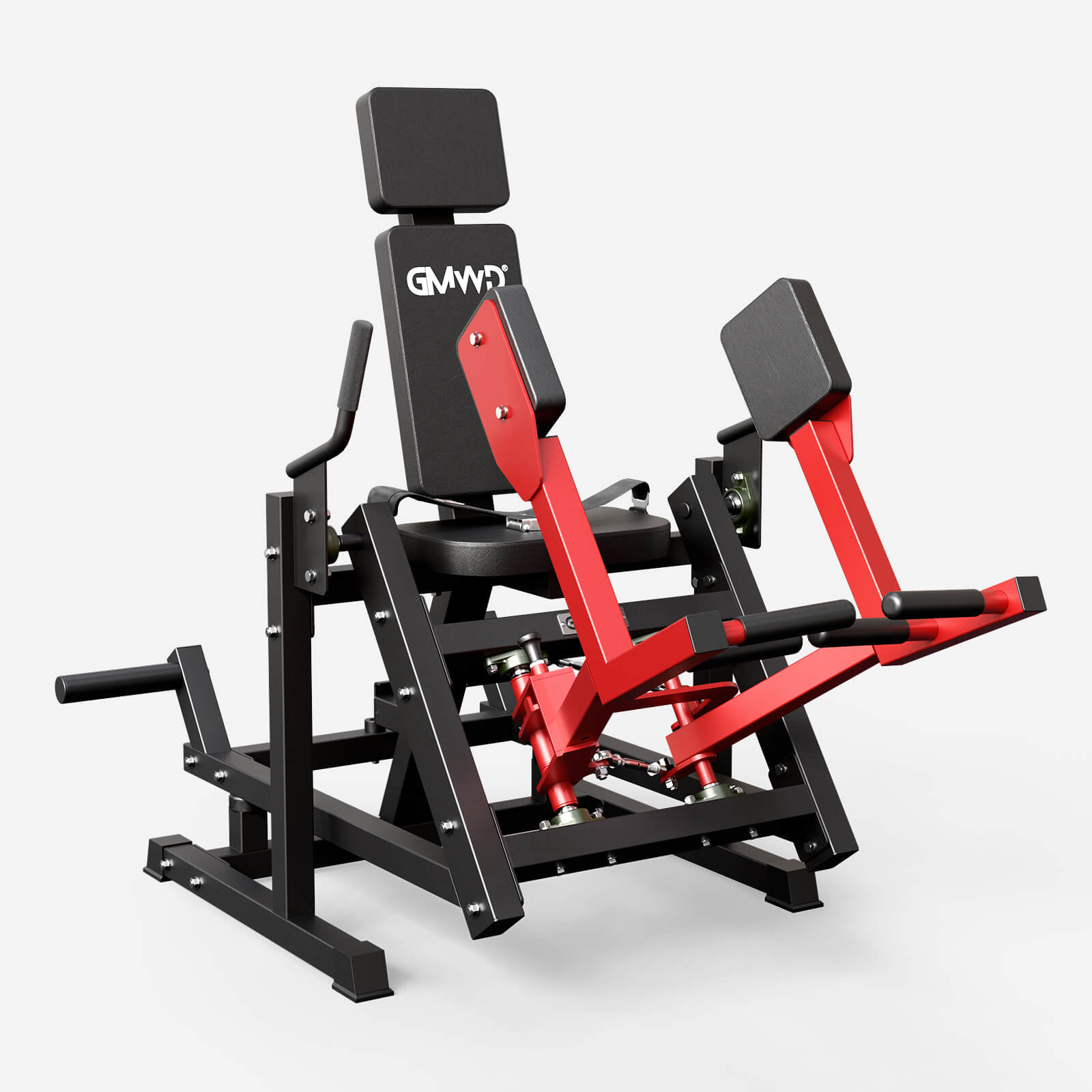
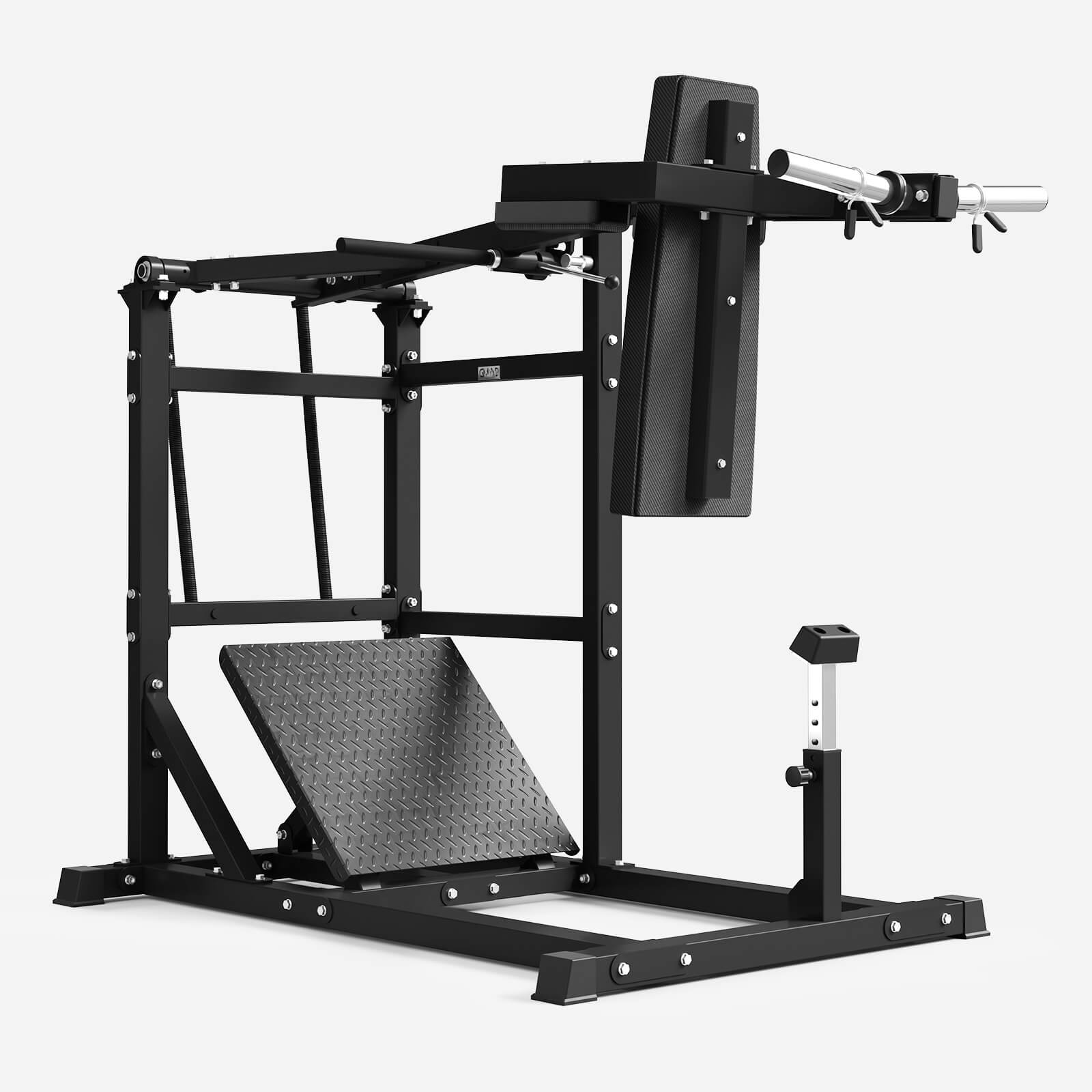
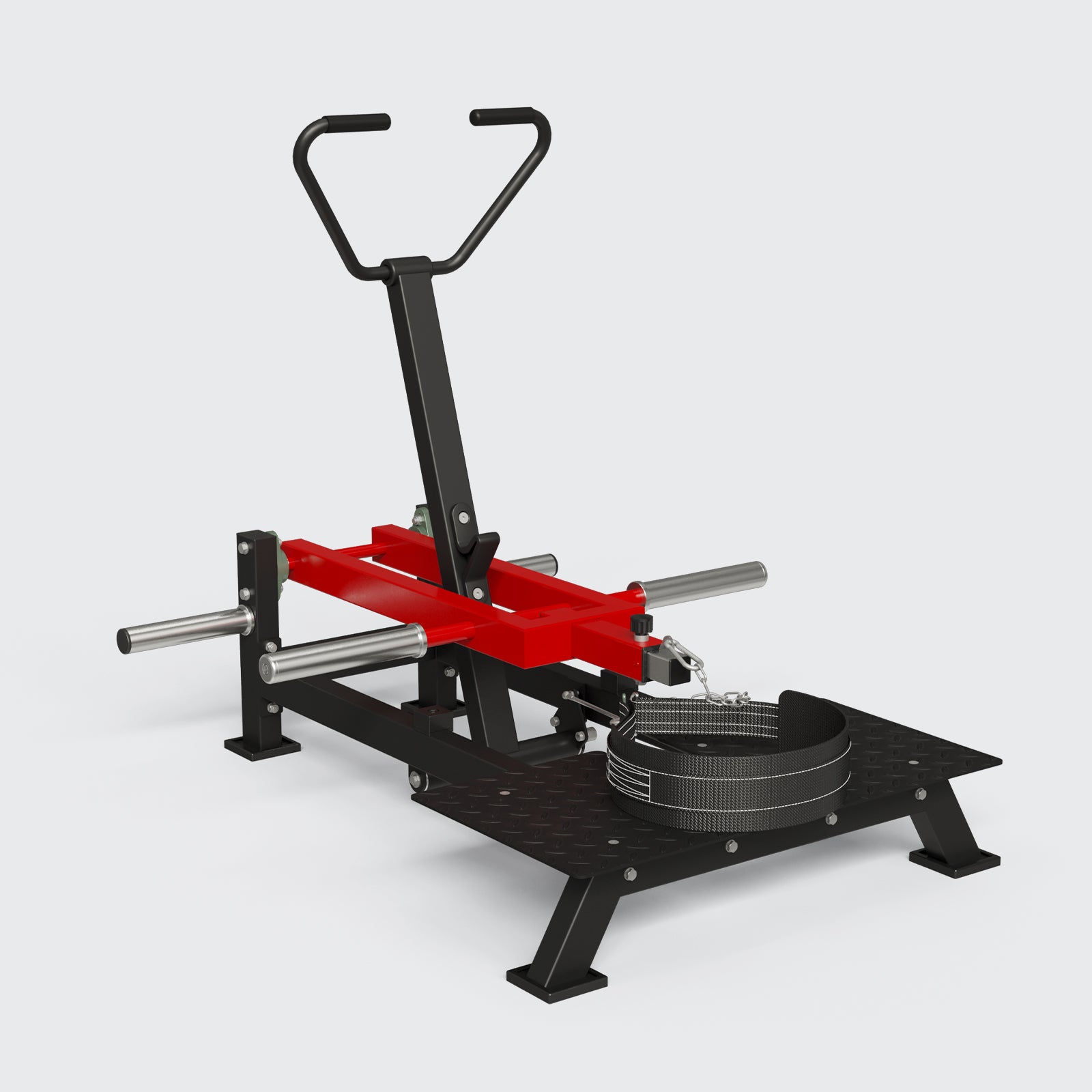
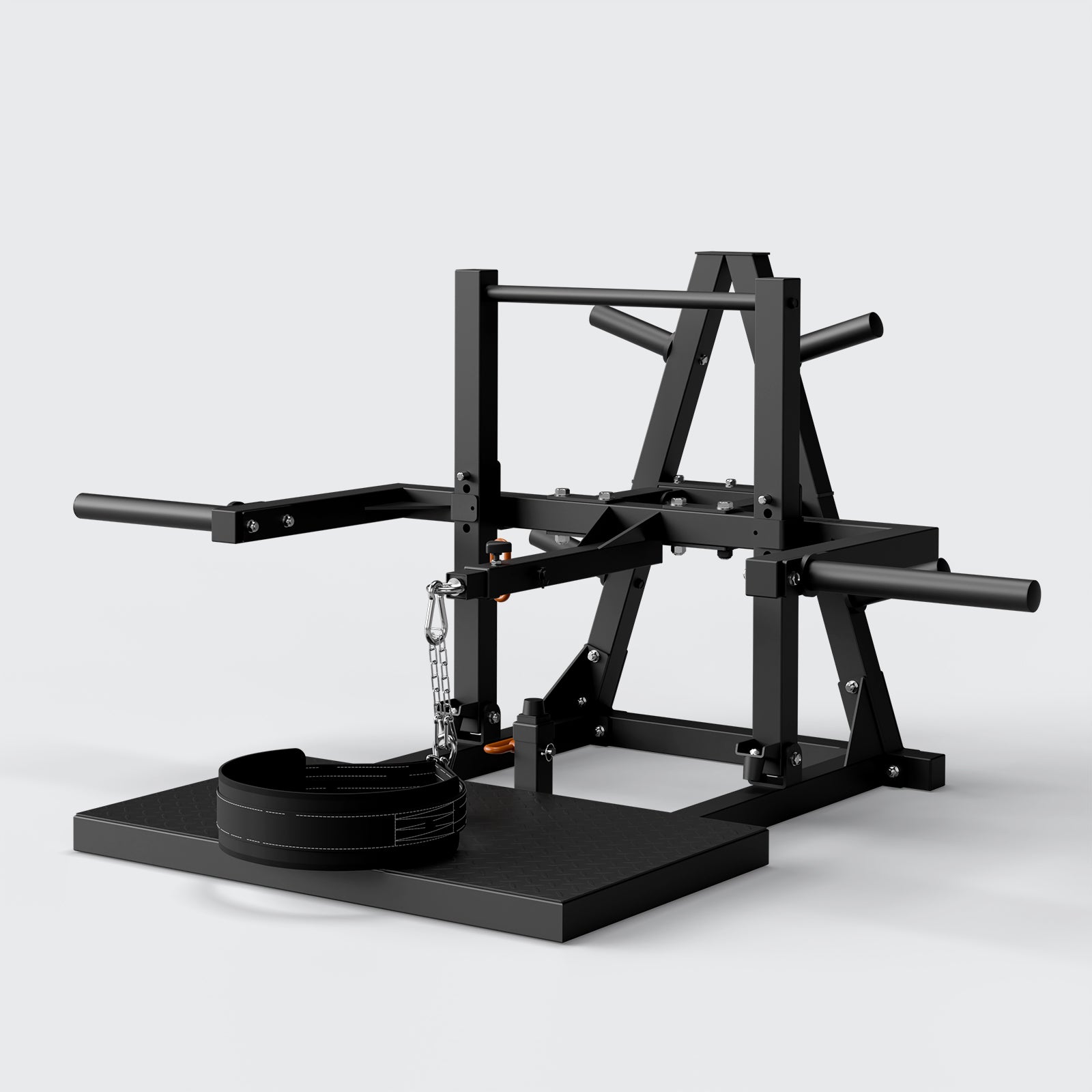

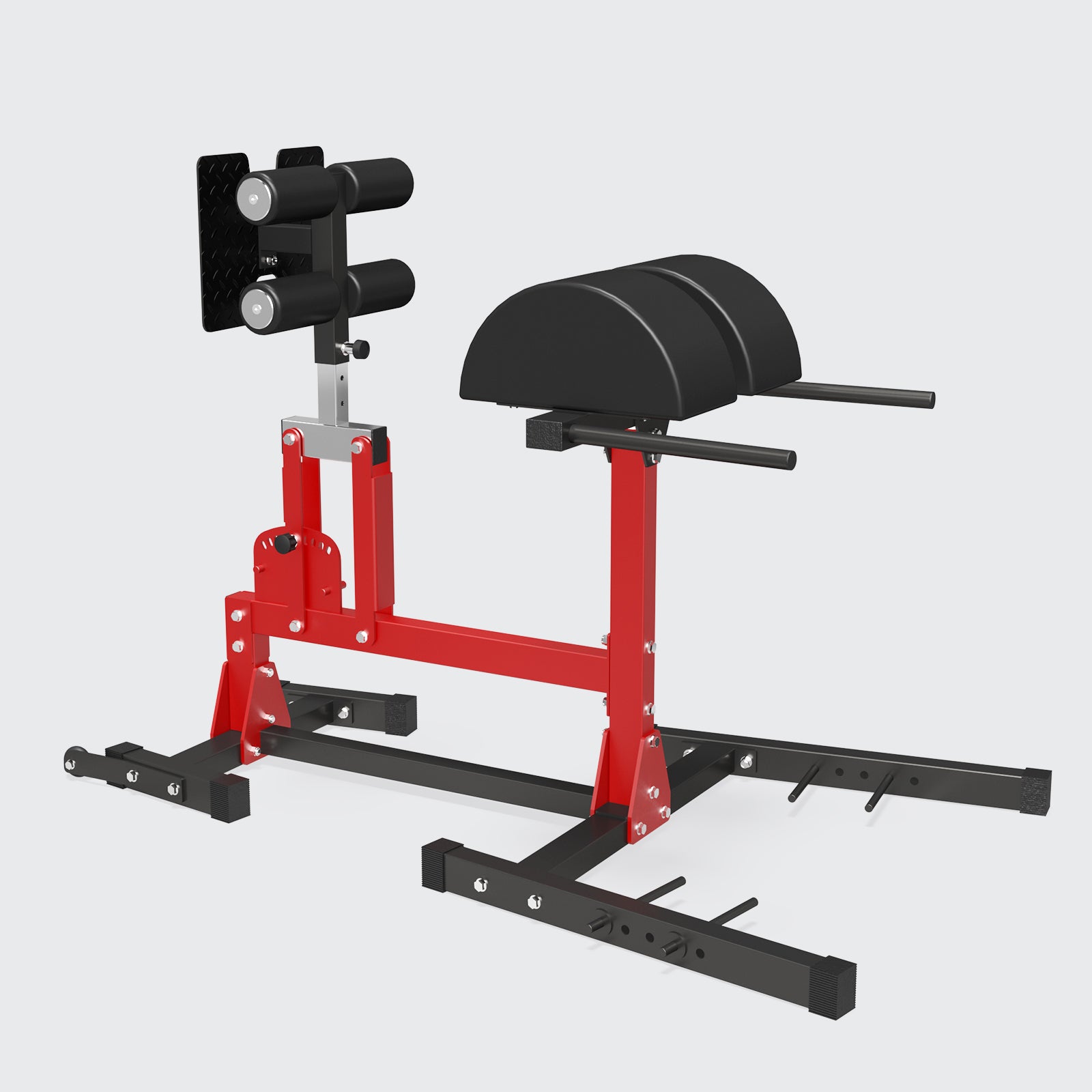
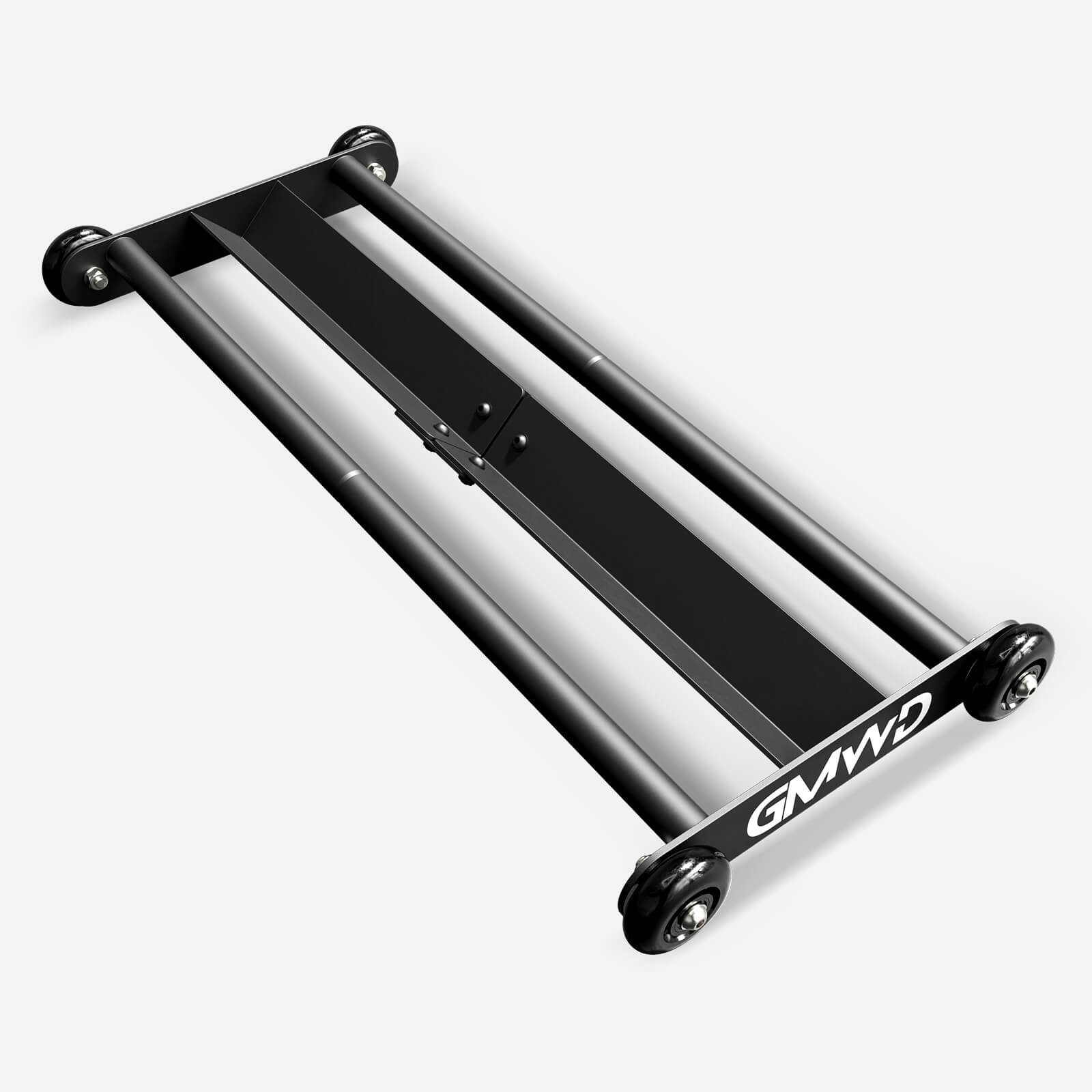


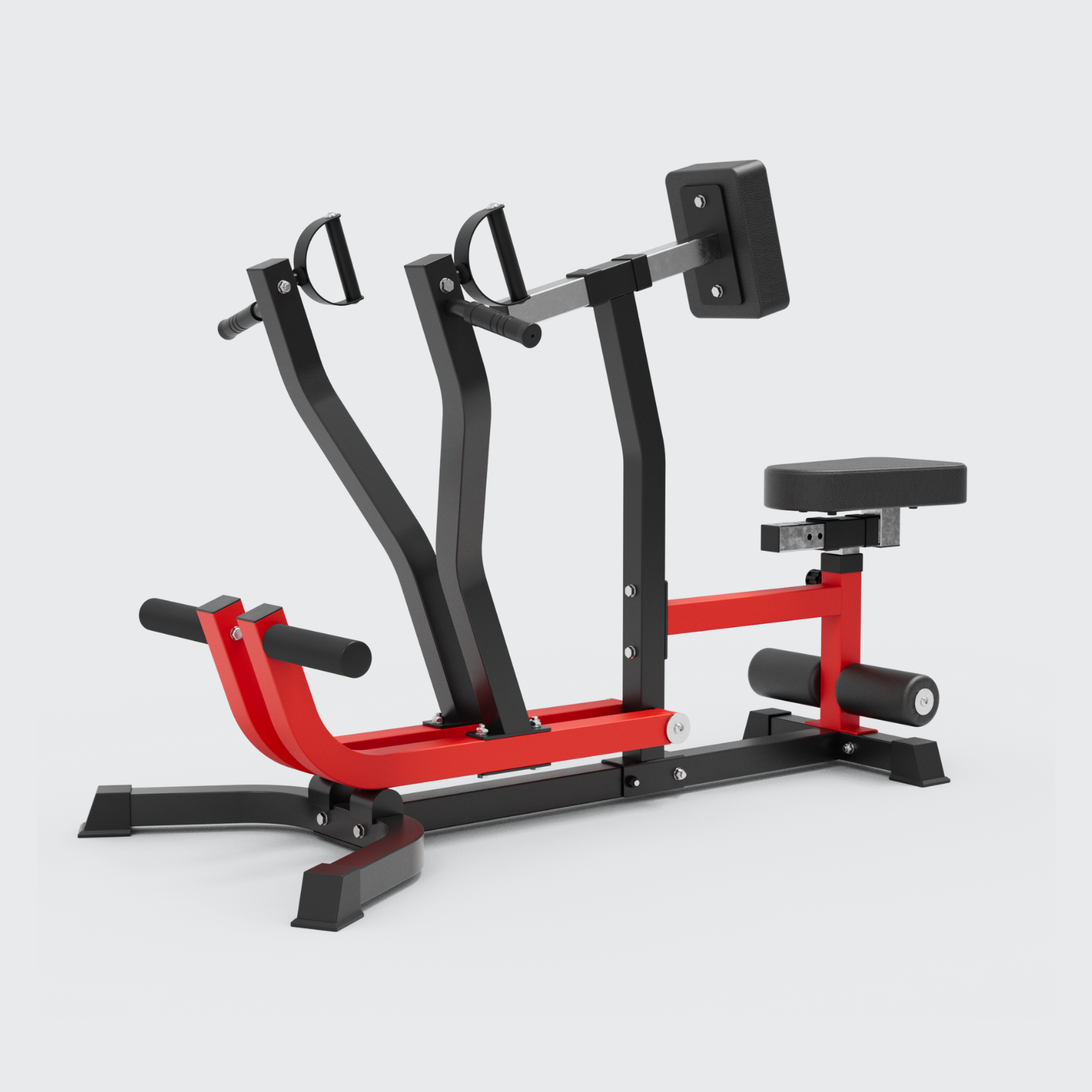
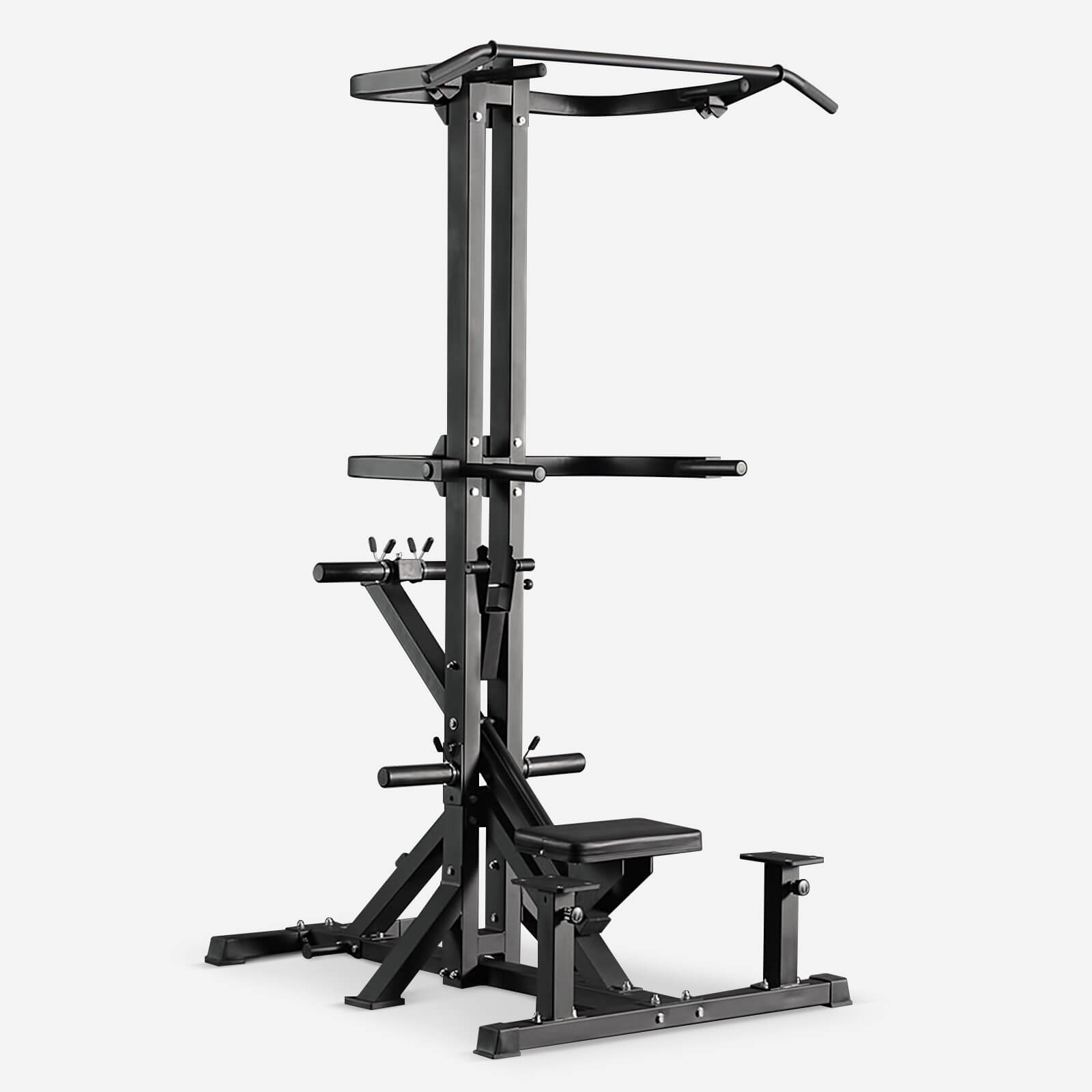


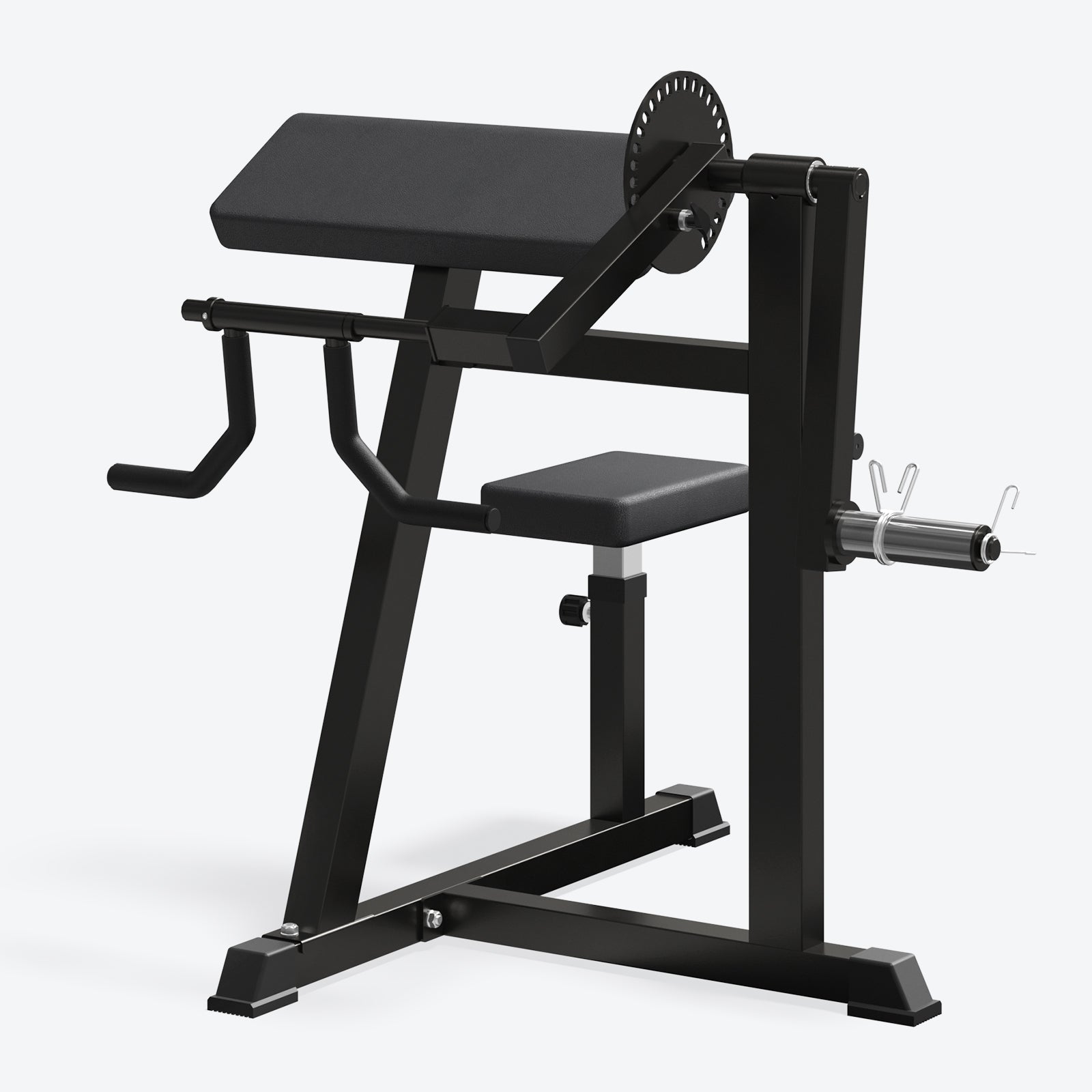
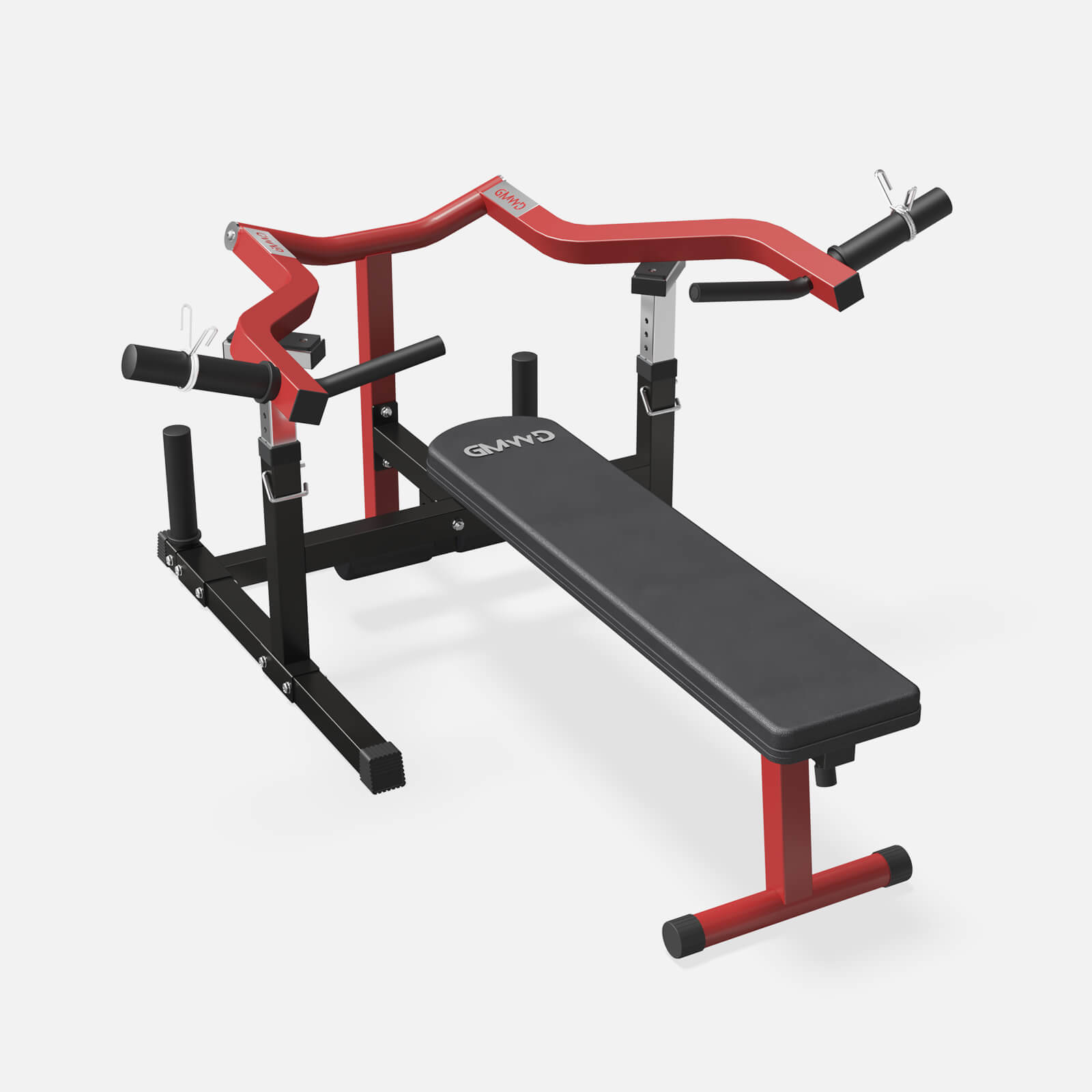

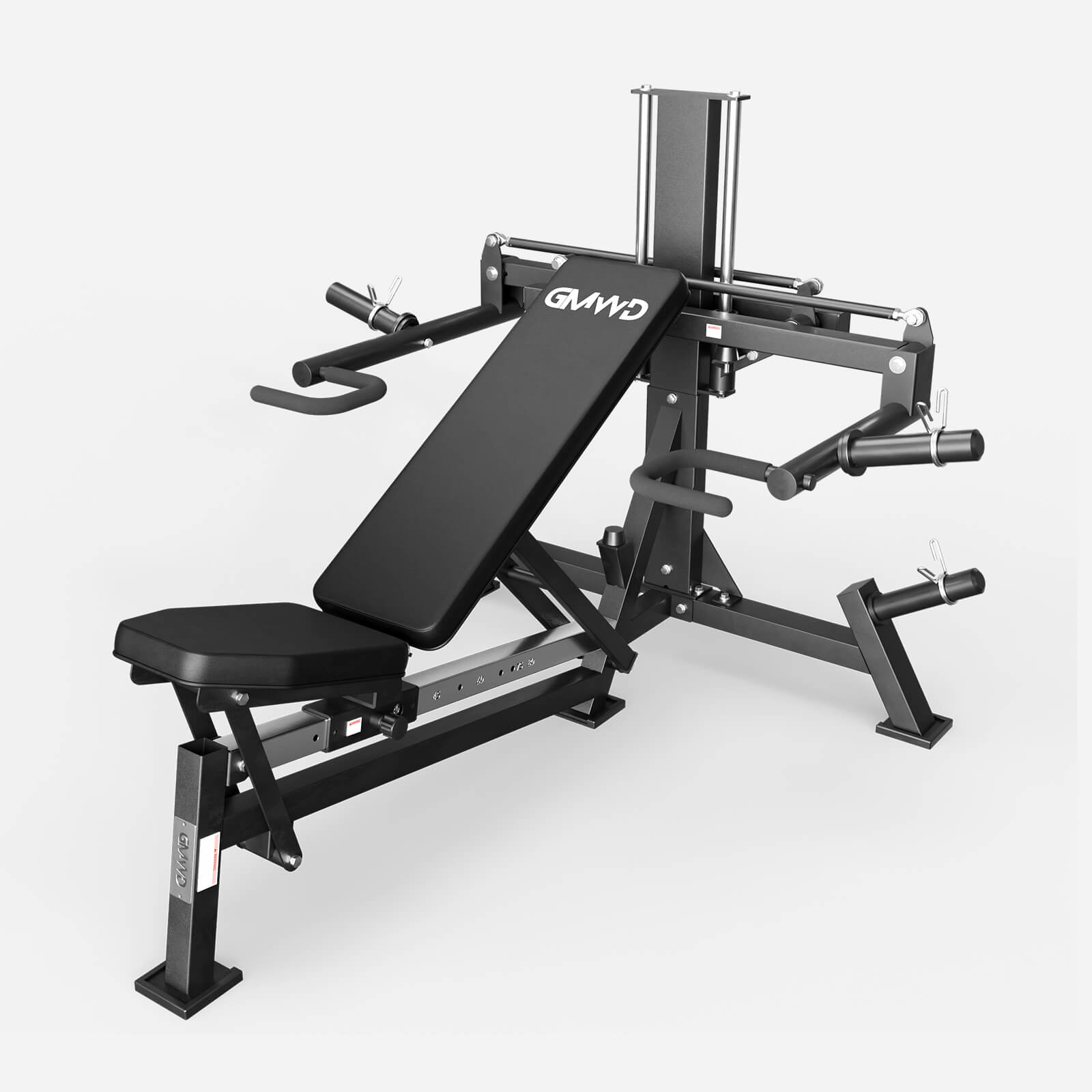
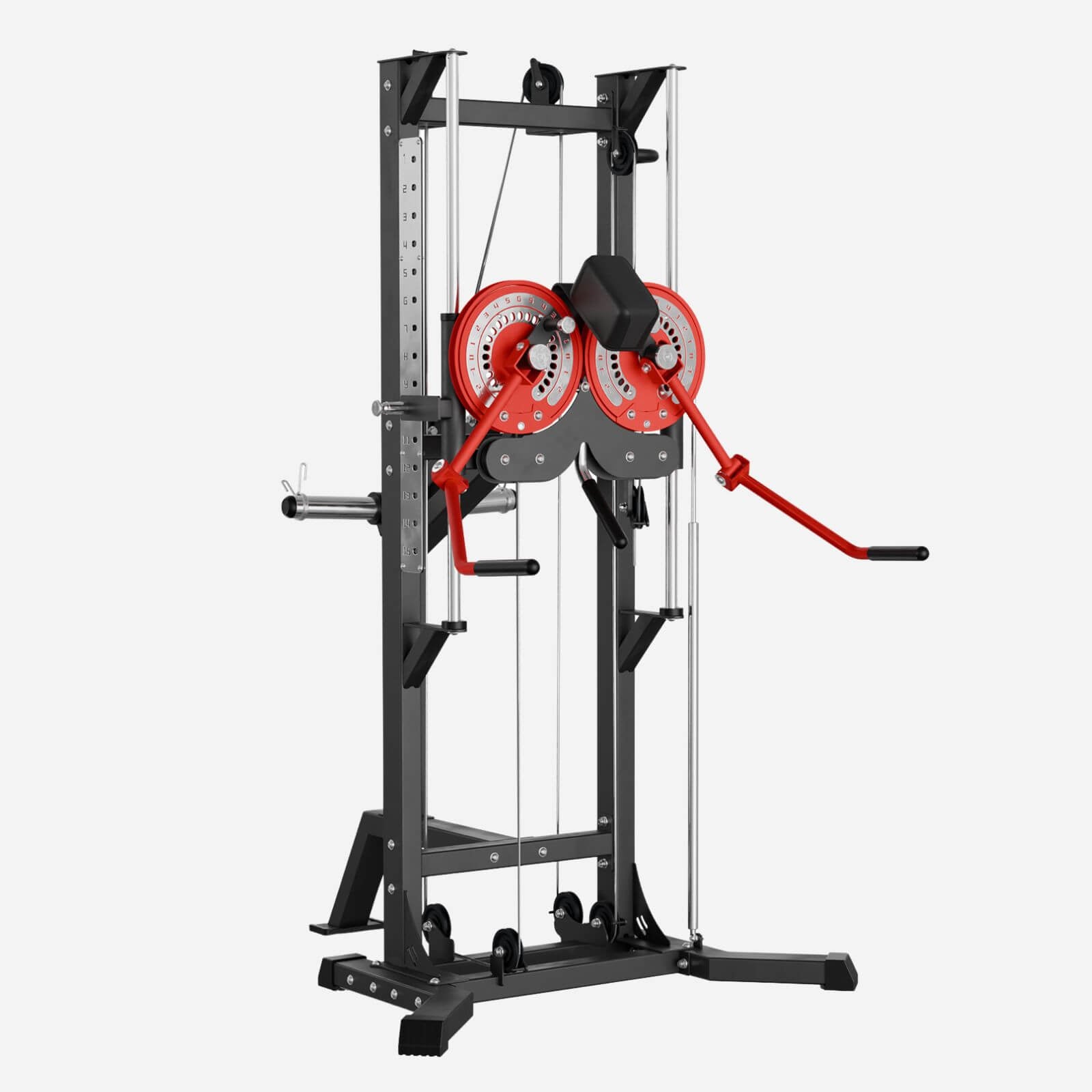
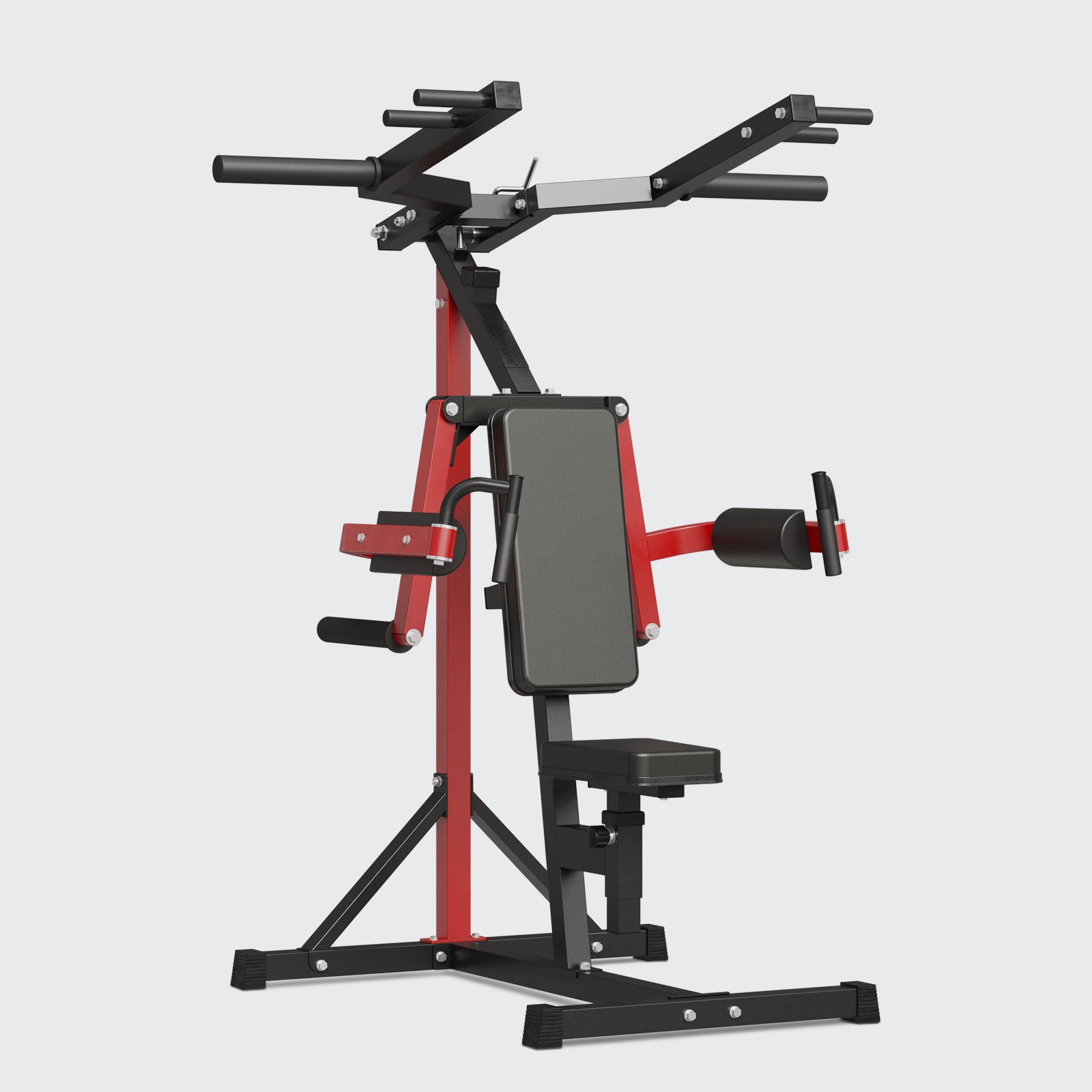
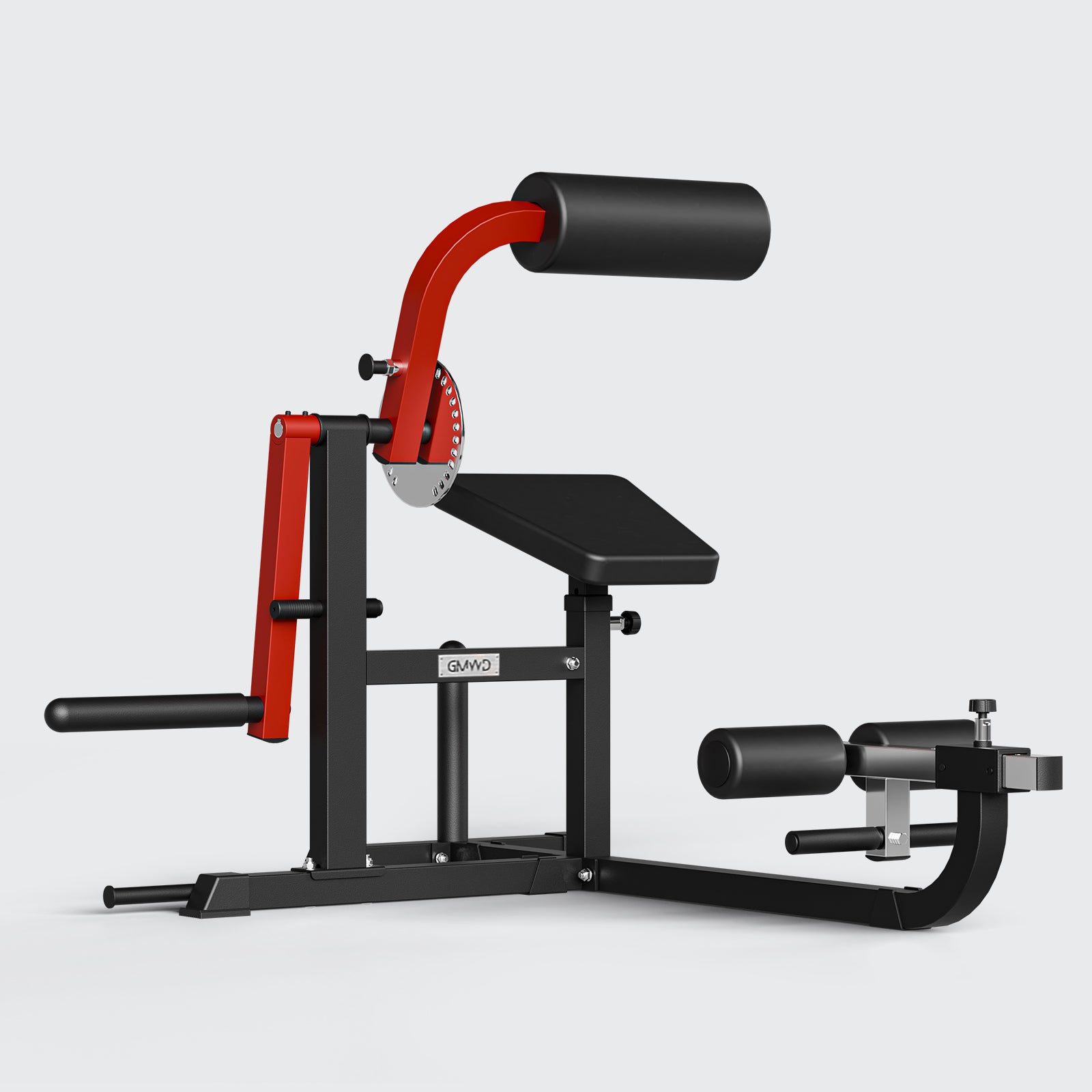
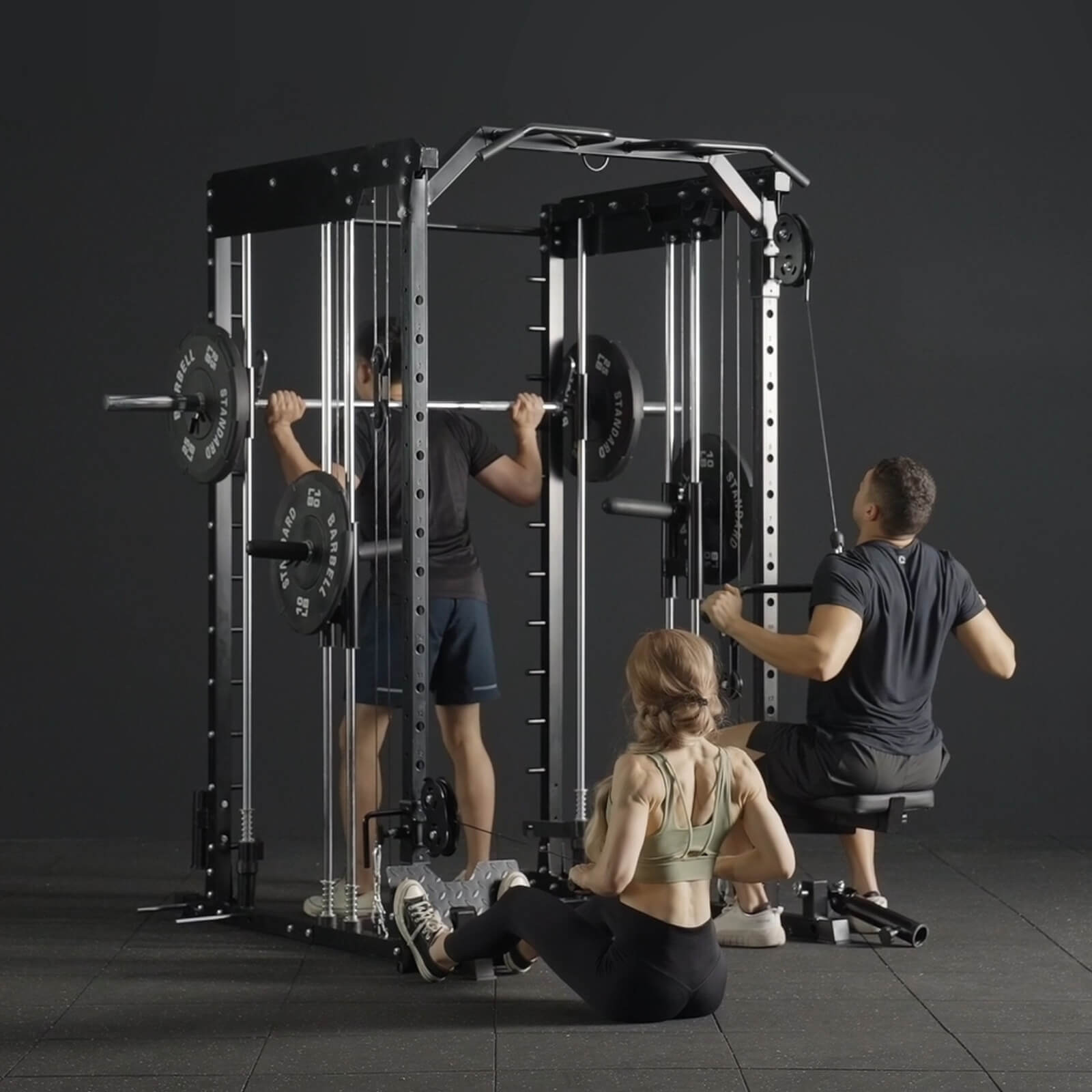
Leave a comment
All comments are moderated before being published.
This site is protected by hCaptcha and the hCaptcha Privacy Policy and Terms of Service apply.